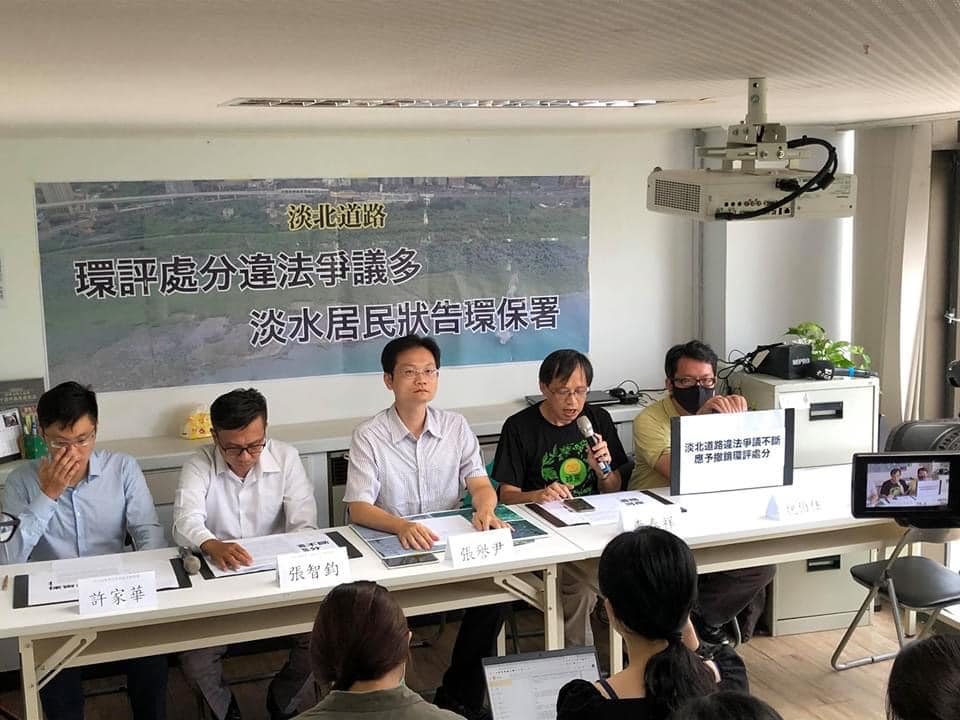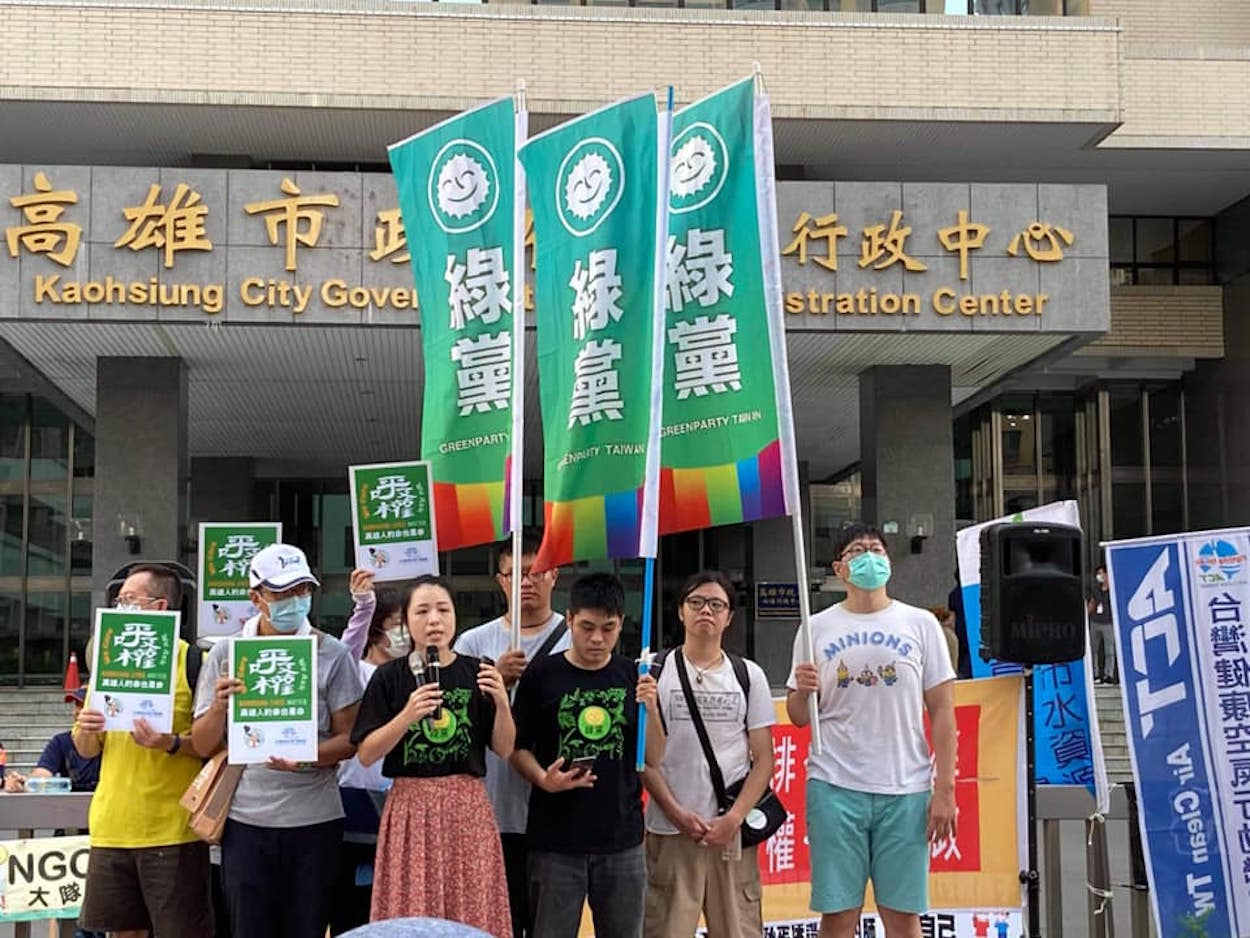by Brian Hioe
語言:
English
Photo Credit: 綠黨/Facebook
Taiwan’s Green Parties: Alternative Politics in Taiwan is available now from Routledge.
DAFYDD FELL’S recent academic monograph, Taiwan’s Green Parties: Alternative Politics in Taiwan, is not to be missed for those who are interested in or who study party politics in Taiwan. Drawing on close to a decade of research and observation, the book details the ebbs and flows, as well as the transformations, experienced by the Green Party in Taiwan since its founding. The book also focuses on the Social Democratic Party and Trees Party as Green Parties.

Photo credit: 綠黨/Facebook
The release of the book proves timely, with broader questions facing third parties in Taiwan, particularly regarding the fortunes of the post-Sunflower Movement third parties. While the Green Party predates the “Third Force” parties formed in the wake of the Sunflower Movement, as Fell shows, the experience of the Taiwan Green Party is illustrative of the shared long-term issues facing third parties in Taiwan—such as the question of how to relate to the DPP, as the major center-left party and historically independence-leaning party.
Fell periodizes his book according to which figures were dominant in the Green Party at any given time, from the first decade of the party to the period in which Pan Han-sheng was dominant, followed by the Lee Ken-cheng era. This is followed by the most recent era presided over by party convenor Wang Hao-yu. Wang later defected to the DPP and was recently recalled from his position as Taoyuan city councilor by a pan-Blue political mobilization.
In Fell’s account, the recurrent issue of whether to join with, criticize, or keep distance from the DPP flared up at inopportune moments throughout the history of the Green Party. This led to backlash against Pan Han-sheng’s central role in the party with the perception that Pan had become too close with the DPP, and contributed to the increasingly conflicted role of the alliance formed between the Greens and the Social Democratic Party during 2016 elections, the latter of which was formed as part of the wave of Third Force parties. This tension continued in the Wang Hao-yu period, during which Wang was not as opposed to making public appearances with DPP politicians as his predecessors. The tortured question of how to do relate to the DPP has also been the major stumbling block of the NPP, the major Third Force party that resulted from the Sunflower Movement, and the only one that was successful in winning seats in the legislature in 2016 elections.
Fell ably shows the challenges facing third parties regarding the delicate balancing at activism and electioneering, then. The Pan and Lee periods of the party both saw crticisms of Pan Han-sheng and Lee Ken-cheng for attempts to streamline the party into one that was more organizationally effective and capable of carrying out successful election campaigns. The challenges of recruiting candidates that both represent party values and are popular enough with the public to win votes proves a further recurrent issue that the Green Party and other third parties have faced. Growth inevitably leads to questions about whether a third party has drifted away from or maintained its fundamental core values.

Photo credit: 綠黨/Facebook
Several unique insights result from studying the Green Party, as compared to more recently formed third parties. One ties back to the fact that the Green Party is a member party of the Global Greens and, in this sense, is part of the larger international Green Party phenomenon. Fell argues that, based on his interviews, being part of this alliance has assisted the Green Party to build domestic credibility, as well as develop regional ties.
Another unique insight results from the adaptation of activist third parties to the Internet. Third Force parties have been highly reliant on Internet-based advertising to conduct outreach, in the absence of resources, and political parties in Taiwan have historically placed a great deal of focus on television ads. Fell shows how the Green Party eventually adapted to the use of the Internet, television, and other forms of professional campaign ads, though this took time—an angle not as often focused on in the treatment of political parties.
The snapshot of the Green Party that emerges from Fell’s book is a comprehensive one, painting a picture of the core figures in the party’s history, its supporters, and how the Green Party has related not only to the major parties of the DPP and KMT, but other third parties both pan-Green and pan-Blue. The book proves invaluable research for understanding the dynamics between political parties in Taiwan past and present.



